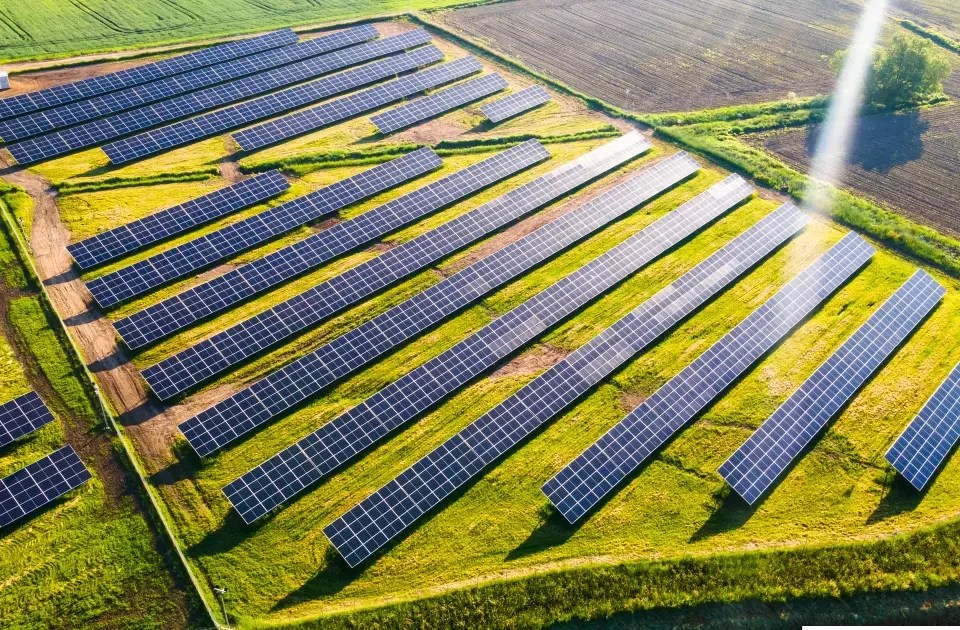What is solar energy?
What Exactly is Solar Energy?
Solar energy is the radiation of the Sun that produces heat, causes chemical reactions, and generates electricity.
The maximum amount of solar radiation generated on Earth is much more significant than the current and expected energy demands of the planet. This widely distributed fuel will fulfil all future energy demands if properly harnessed.
The inexhaustible production of solar energy and its unpolluted existence, in stark contrast to fossil-fuel-finished coal, petroleum, and gas, was projected to be increasingly attractive as a renewable source of energy in the 21st century.
How does Solar Energy Works?
Our Sun is a natural reactor of nuclear energy. Solar power works by capturing the energy of the Sun and converting it into power for your house or company.
This emits small energy packets called photons, which fly around 8.5 minutes and 93 thousand miles from the Sun to the planet. Enough photons affect our planet every hour to generate enough solar energy to meet worldwide energy needs theoretically for the whole year.
Photovoltaics or solar thermal collectors can be used and converted to usable energy. While the actual use of solar energy remains low, the declining cost of solar energy panels ensures that more and more people can profit from the use of solar power in more ways.
Solar is a clean, renewable energy resource that plays an important role in the future of global energy.
Today, a small percentage of photovoltaic power is consumed. Yet solar technology is improving, and solar prices are rapidly decreasing, with the capacity to use the surplus of energy from the Sun is increasing.
A 2017 report by the International Energy Agency (IEA) shows that solar has become the world’s fast-growing energy source–the first time that the expansion of solar energy has overcome all other fuels. In the years to come, we will benefit from one way or another from the benefits of solar-generated power.
Solar thermal systems utilize the heat of sunlight to heat water or other fluids. The typical example of this is a solar hot water facility. The Sun’s radiant energy passes and heats the water and thus showers perfect hot water under.
Benefits of Solar Energy:
Solar energy is one of the most optimistic forms of energy, with many advantages. It contributes to sustainable economic growth and job creation where it is located, renewable, non-polluting, and worldwide available.
The flexibility of this technology makes it ideal to use it isolated from the network in remote or rural regions. An example is the rural Cajamarca region in Peru, where ACCIONA has carried out a lot of projects to allow the inhabitants to have an electrical sufficiency.
Solar energy is also helpful in large-scale power generation and transfusion into the network, particularly in areas where weather conditions provide for many hours of Sun per year.
Solar capture panels are relatively easy to maintain, explaining the favorable outlook for solar technology in the current situation in conjunction with a continuous sharp reduction in photovoltaic cell costs. Solar power plants also don’t generate polluting gases.
The Sun’s capacity to generate local wealth by reducing energy dependence on abroad is another benefit of solar energy.
Solar power, like the wind, is variable and relies directly on day-night and weather cycles. Also, rapid advances in electricity storage technologies minimize the dependency and will contribute to a growing part of solar energy in the energy system.
Solar Energy Benefits in Brief:
- Increases electrical system efficiency
- Versatile and simple installation
- Energy production meets maximum demand during peak times
- Impact on the environment in various weather conditions
- Advanced Power grid security
- Economic savings
- Reduces current bills
- Wide range of applications
- Low cost of maintenance
- Weather Dependent



